An easy to follow blueprint for how to pack your own Bug Out Bag with Bug Out Bag Essentials.
Creek is the author of 3 best-selling books about Bugging Out: Build the Perfect Bug Out Bag, Build the Perfect Bug Out Vehicle, and Build the Perfect Bug Out Survival Skills.
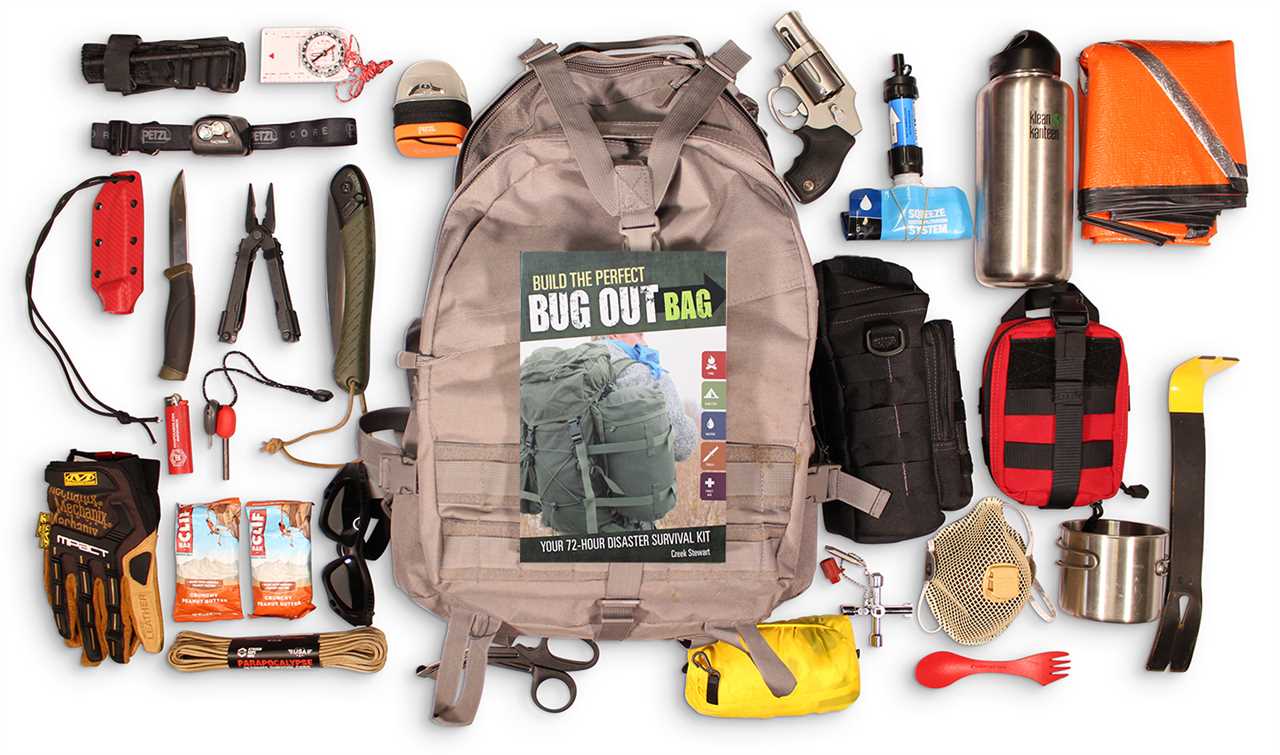
If you’re just getting started with building your own Bug Out Bag, I would HIGHLY suggest taking my FREE 5-DAY Bug Out Bag Challenge HERE. Every day, for 5 days, I’ll email you one 5-minute training video. We will discuss 5 of the most important Bug Out Bag categories, including how to choose a backpack. By the end of the 5-day training, you’ll have gathered together some of the most important items for building your own 72-hour disaster survival kit.
The terms “Bugging Out” and “Bug Out Bag” have grown increasingly popular over the last decade and a half. Numerous books (including my own), movies, documentaries, magazine articles, blog posts, and YouTube videos have covered the subject of the Bug Out Bag in magnificent detail. Sometimes, the representation of a Bug Out Bag seems a little more fantastical than practical. Just one Google search about how to make and pack a Bug Out Bag can lead someone down an expensive and time-consuming rabbit hole. Regardless, the truth of the matter is this: No matter who you are, where you live, or what potential threats may exist that could force you to leave your home in a state of emergency, there are essential items that you need to have packed in a kit designed to get you (and your family) through 72-hours of independent survival. This kit is called a Bug Out Bag.
Bug Out Bag Essentials for a 72-HOUR Time Period
Before we get into it, let’s define our terms, so you know where my head is on the subject. A Bug Out Bag is a pack filled with all the essentials one needs for 72-hours of independent survival. It’s important to put a timestamp on your Bug Out Bag. Most victims of large-scale natural disasters who are forced to leave their own home are able to find safety within a 3-day window of time. Choosing a 72-hour prep window allows you to better control the size and weight (and cost) of your Bug Out Bag.
When it comes to the idea of abandoning your home due to a sudden and imminent threat, it shouldn’t be that much of a stretch for you to understand the validity of such a concern. If you’ve turned on the news in the last few years, you’ve likely noticed the onslaught of wildfires, tornadoes, and hurricanes that have battered the U.S. and its territories alone. Now more than ever, it seems that there are multiple instances of mass devastation taking place—everything from floods, hurricanes, earthquakes, tornadoes, blizzards, hurricanes, and even volcanic eruptions have displaced thousands upon thousands of Americans. These natural disasters decimate roads, vehicles, homes, and hospitals. Often in these circumstances, resource supply chains like food, water, electricity, and fuel become extremely limited or all together unavailable. In certain situations, this could mean death for some.
The essential items contained in a 72-hour Bug Out Bag can be priceless resources for you. Beyond natural disasters, the geo-political status of our world is highly unpredictable. With soaring amounts of debt, unstable economies, and military/political tensions ever-increasing, it’s not hard to see that natural disasters might not be the only cause for a sudden emergency. War is always on the horizon, but it’s not the only threat from humans. Dams burst, infectious diseases get spread, power plants fail and meltdown, pipelines rupture or explode, hazardous waste or cancer-causing materials get leaked into ground water and drinking water supplies, etc. Humankind has not perfected anything, so anything created by humans is subject to error that could yield devastating, fatal results.
Best Bug Out Backpack
There isn’t a backpack brand or style That I would consider the best for a Bug Out Bag. In fact, I suggest most people start with a backpack they already have at home, even if it’s just an old school bookbag. It is important, though, that it be a backpack. You can always upgrade to nicer one later. If you’re just getting started in your quest for how to make a Bug Out Bag, the best one isn’t the one that’s perfect or made from the best material—it’s the one that’s DONE and ready to grab at a moment’s notice. Below is a link to the backpack I currently use as my personal Bug Out Bag:
Creek’s Current Bug Out Bag: https://amzn.to/2E6AHXu
Bug Out Bag Essentials
Essentially, there are 12 Categories of gear, tools, and other items you should consider when packing your Bug Out Bag. I’ve highlighted each one below:
Bug Out Bag Essentials # 1: SHELTER
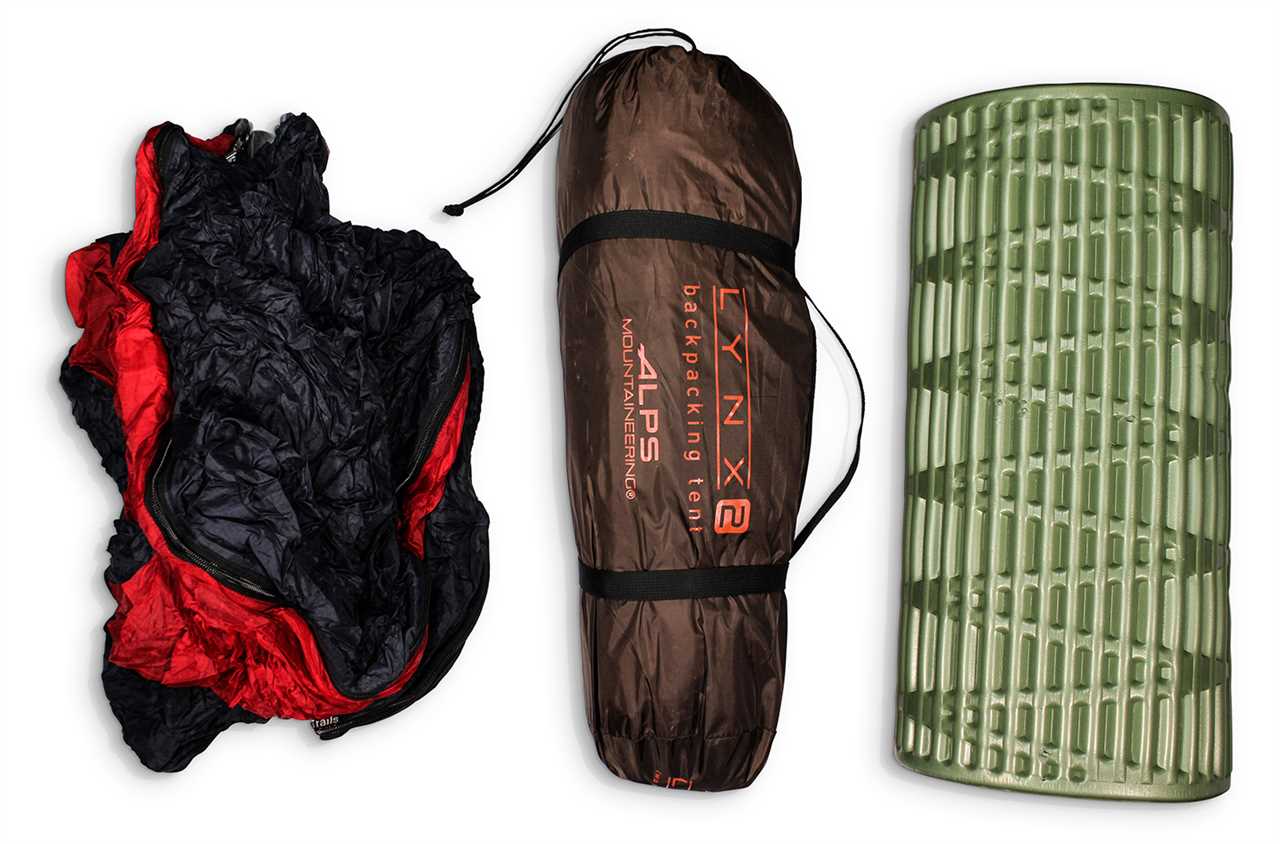
I keep shelter very simple. I pack a lightweight backpacking/hiking tent. Bugging Out is all about getting from POINT A (somewhere dangerous) to POINT B (somewhere safe). While I love sleeping in the wilderness in stick-built shelters or under a tarp, I have no interest in doing so during a Bug Out scenario. I want to be DRY, out of the WIND, and have a bit of PRIVACY. And, I want all these as quickly and with as little effort as possible. The best option is a tent. For a FREE CHECKLIST of all the items you want to consider when buying a Bug Out Tent, be sure to sign up for my 5-DAY Bug Out Bag Challenge, and I’ll make this available to you on DAY 1.
Your shelter category should also include sleeping gear, such as a sleeping bag and ground pad.
Bug Out Bag Essentials # 2: WATER
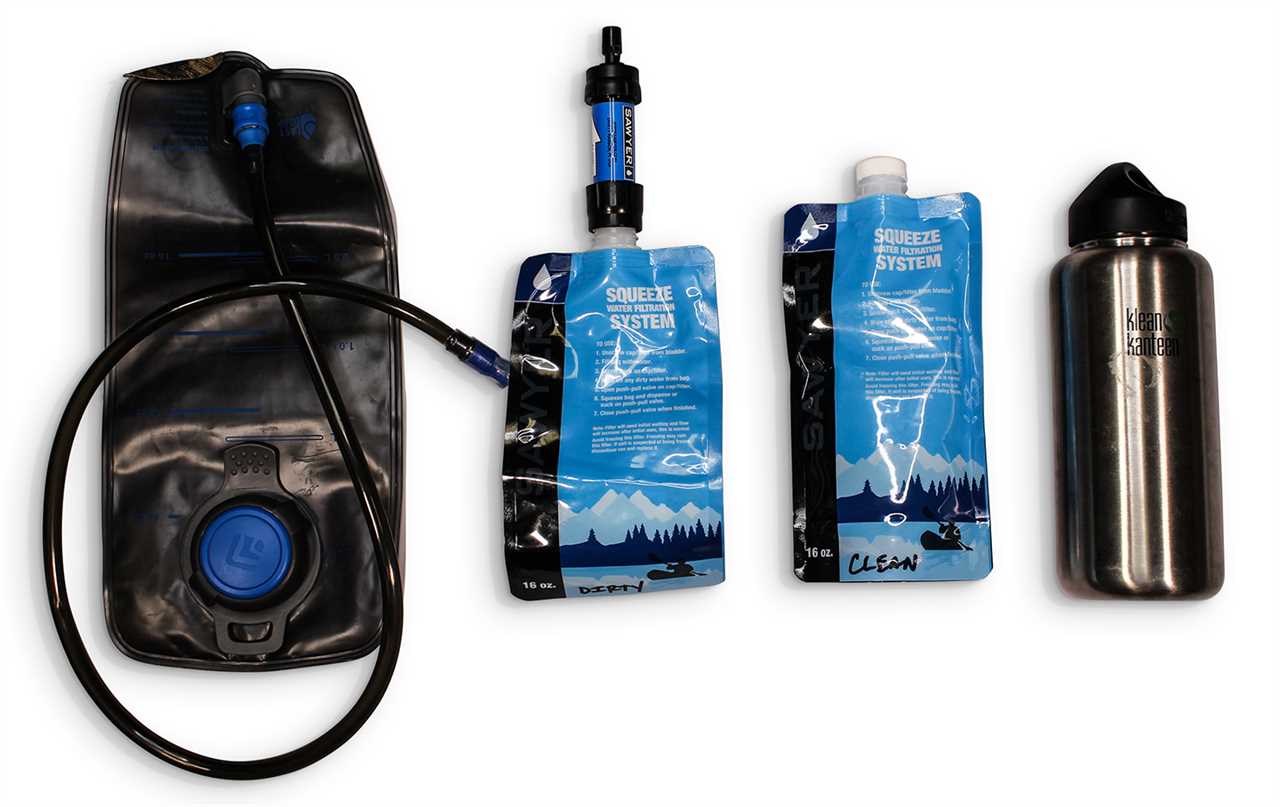
Large scale natural disasters are notorious for contaminating municipal water sources and knocking out power that allows well pumps to run in more rural areas. Having BOTH fresh drinking water and a reliable solution for sourcing water from lakes, streams, ponds, or other sources in route to your destination are bare necessities to keep in your Bug Out Bag.
I recommend at least 1-liter of fresh drinking water per person, per day, already packed into a Bug Out Bag. For now, I’d suggest using whatever containers are available to you—even if it’s just bottled waters from the grocery store. As you flesh out your kit with a little more detail, you may want to consider a hydration bladder, which integrates into your backpack. This makes carrying up to 64-ounces of water very convenient and easy. I’d also recommend a metal container, which gives you the option to boil in the field if necessary.
In addition to fresh drinking water, you want to pack a reliable way to source more while en-route, if necessary. The best solution for this is a lightweight water filter that filters out Protozoan Cysts and Bacteria. My recommendation for this is the SAWYER Mini Filter System which can be found here: https://amzn.to/38n3Lb7 This is an affordable, lightweight solution that I’ve used countless times in the wild. It functions as a straw and it is simple to use. You can pretty much scoop water out of any natural water source in North America and be confident that you won’t get sick. It does not filter out heavy metals and chemicals, so don’t scoop up water from the rear parking lot of a metal foundry.
Bug Out Bag Essentials # 3: FIRE
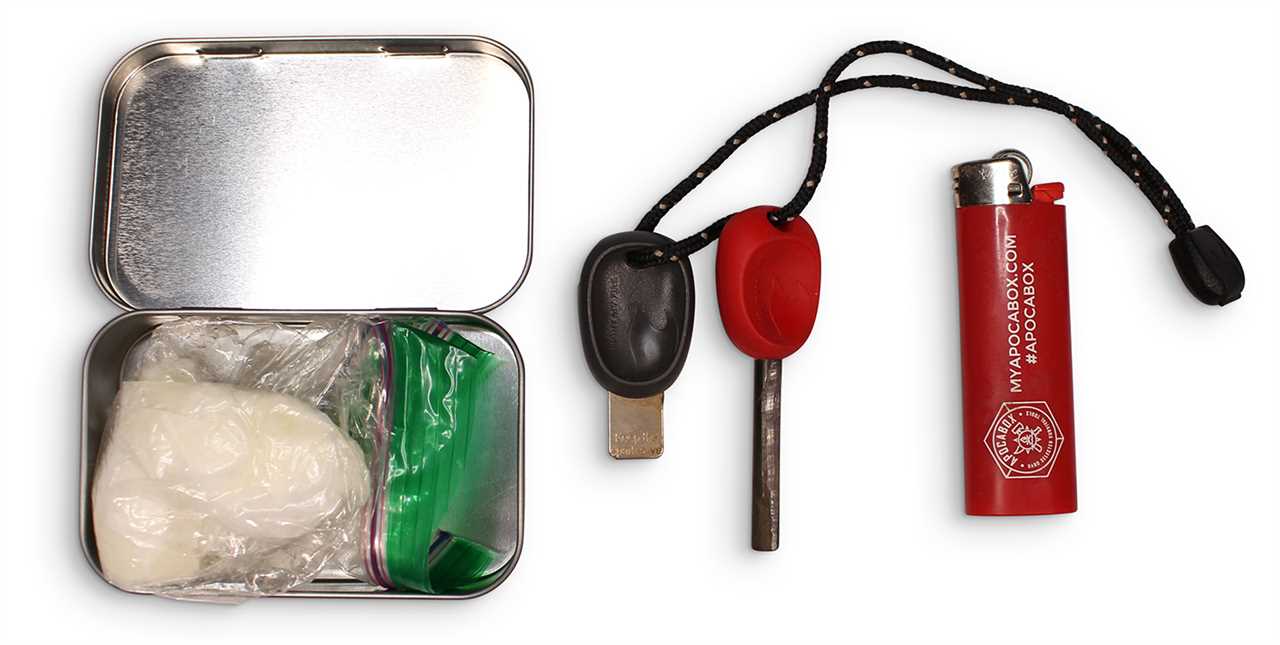
When it comes to your Bug Out Fire Kit, you want a GUARANTEED way to make fire. Luckily, this is CHEAP and SIMPLE. Pack 3 things:
1) A disposable lighter (or 6)
2) A Ferro Rod—use this one: FEUERSTOCK Ferro Rod Fire Starter (Order on AMAZON PRIME NOW)

3) PET BALLS: PET Balls are cotton balls mixed with Petroleum Jelly. This is the best fire starter known to man, and you can make them right at your kitchen table for almost no money. Take my 5-DAY Bug Out Bag Challenge and I’ll show you how to make them myself. Have you signed up yet????
Bug Out Essentials # 4: FOOD

Bug Out Meals should meet the following 3 criteria:
1) OPEN AND EAT: You should be able to open and eat the meal WITHOUT any prep whatsoever. No adding water, no heating, no mixing, no nothing.
2) LONG SHELF LIFE: Remember, you’re going to be putting this food in a backpack and leaving it in the closet. You don’t want to choose meals that will spoil quickly. Choose meals with at least a 6-month shelf life.
3) HIGH CALORIE: While Bugging Out, you’ll need to put fuel on the human furnace. Leave the rice cakes at home and pack meals that will fuel your body with calories.
Personally, I pack 9 CLIF BARS for my 3-day Bug Out. 3 meals for 3 days = 9. I know that sounds like hardly any food, but I’m OK with that. I hate heavy backpacks, and food is HEAVY. I’ll live. Other foods that would work for a Bug Out Bag are tuna packs, single serving SPAM packs, peanut butter packs, and beef jerky.
Bug Out Essentials # 5: FIRST AID
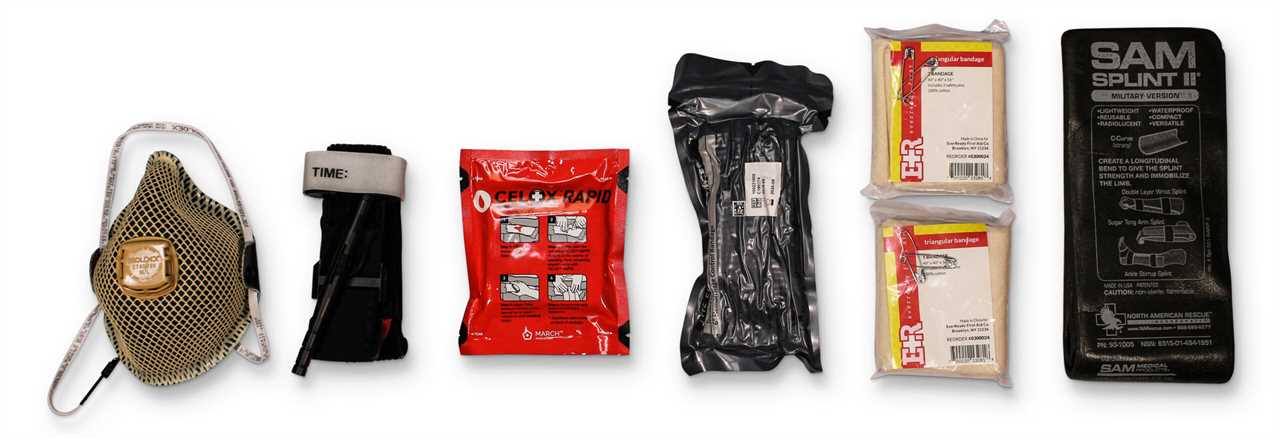
My BOFAK (Bug Out First Aid Kit) is the only kit in my Bug Out Bag that’s gotten BIGGER as I learn more about survival and study real life disaster scenarios. While there is a slew of items that could go into a BOFAK, I’ll keep this simple by listing the SIX necessities that most people DO NOT PACK BUT SHOULD:
1) CAT Tourniquet: https://amzn.to/38uxOxU
2) Combat Gauze Celox Rapid Z-Fold (wound packing gauze with hemostatic agent): https://amzn.to/2PctICZ
3) Israeli Compression Bandage (6”): https://amzn.to/2YzVzjr
4) N95 Particulate Respirator: Moldex R95 Particular Respirator
5) Cotton Cravat(s): https://amzn.to/2Pwg5xg
6) SAM Splint: https://amzn.to/38qWFSW
Bug Out Essentials # 6: HYGIENE
When you’re dirty, tired, stressed and weak, your body has more trouble fighting off infection. In a Bug Out Scenario, when access to medical professionals or facilities might be limited, it’s a good idea to keep as clean as possible. Your hygiene kit should include some quality wipes, a toothbrush, some antibac, and soap at the bare minimum.
Bug Out Essentials # 7: CLOTHING & ACCESSORIES
One could argue that the ability to properly dress yourself for the environment in which you’re headed is your most important survival skill. I always say that God gave us brains, not fur. A lot of thought should be given to the clothing that you A) WEAR OUT OF THE HOUSE during a Bug Out and B) PACK INTO YOUR Bug Out Bag. You should consider what you’ll need when bugging out in the dead of winter and heat of summer and how this gear affects your pack and space requirements. Beanie hat, gloves, wool socks, boots, poncho, windbreaker, base layer?
Bug Out Essentials # 8: TOOLS

Your Bug Out Toolkit is one that serves an infinite number of functions. From cutting wire and hammering stakes to turning bolts and repairing gear, the need for basic hand tools during a Bug Out Scenario cannot be underestimated. At an absolute minimum, these tools should include a quality fixed-blade knife and a quality multi-tool. I’ve listed the ones I suggest below.
· Mora 840MG Camp Knife (Fixed blade but not Full Tang): https://amzn.to/2YLlepu
· Mora Gargerg (Fixed Blade & Full Tang): https://amzn.to/2t3n1KA
· Leatherman Wingman Multitool: https://amzn.to/2Pykv6I
· Leatherman Wave: https://amzn.to/2rFfBgn

Bahco Laplander Folding Saw
Another tool to consider is a folding saw. I’ve used the Bahco Laplander for years and it’s a great saw. Here’s the Amazon link if you want to check it out: https://amzn.to/2t8z3CC. I’ve found saws to be a fantastic tool for cutting firewood and shelter poles. It’s an invaluable tool in the woods and a true luxury in a Bug Out Bag if you have the space & money.
Bug Out Essentials # 9: SELF DEFENSE
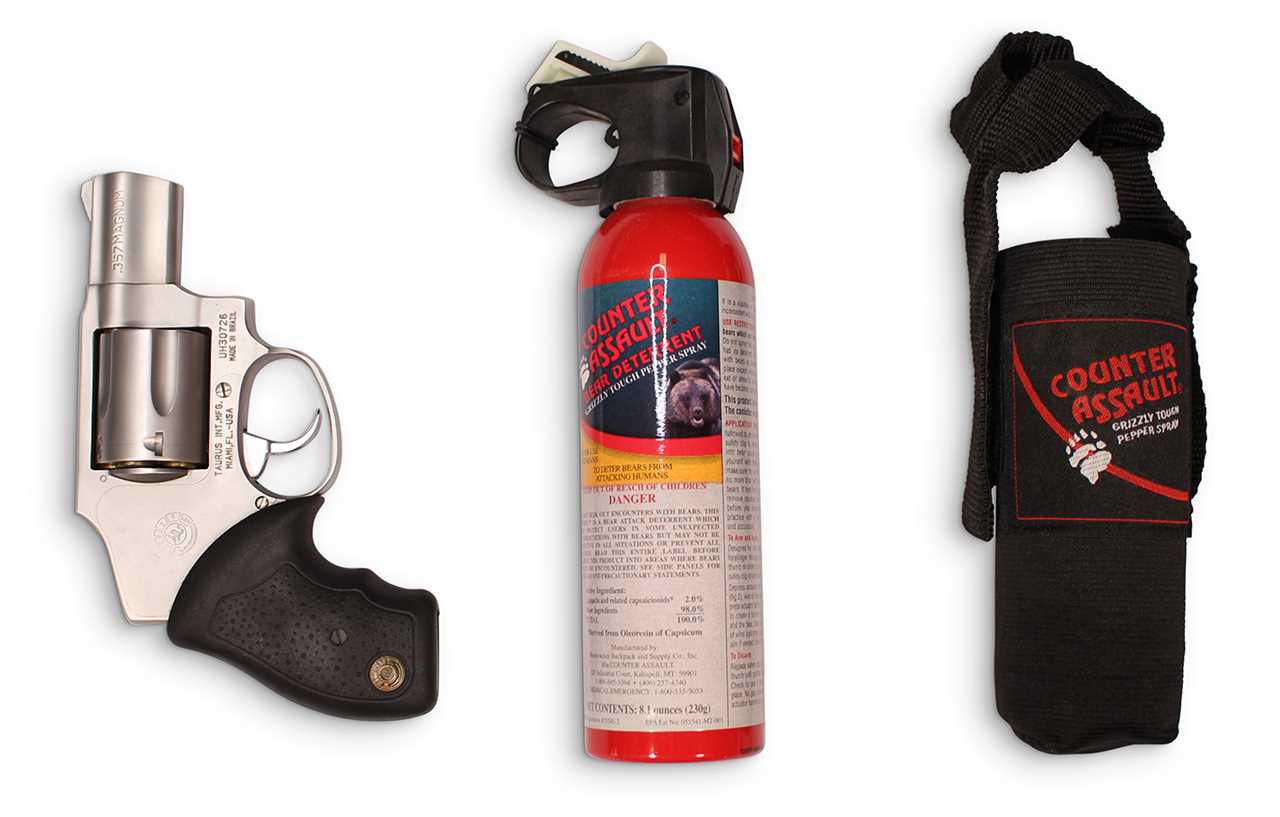
Large scale natural disasters bring out the best—AND WORST—in people. While some people will travel from all the way across the country to help those in need, others will take advantage of our public defenders and first responders being overwhelmed. They will use the cloak of chaos that a large-scale natural disaster presents to loot, rob, steel, and prey on the unprepared. It is an unfortunate truth of every large-scale natural disaster. If you’re serious about prepping a Bug Out Bag, then you should take self defense into consideration. There are two categories of self-defense: LETHAL & NONLETHAL. I’ve made this very simple by listing a few options below:
LETHAL SELF-DEFENSE:
· HANDGUN: I personally use a GLOCK 19 (9mm). I pack the gun with 1 magazine + 2 extra magazines. Using a handgun safely requires practice and experience. If you don’t want to or aren’t interested in putting in that time (or are otherwise not interested in LETHAL self-defense), NONLETHAL options may be better suited for you.
NONLETHAL SELF-DEFENSE:
· PEPPER SPRAY: There are a wide variety of pepper sprays on the market. They are very effective at deterring and stopping an attacker. I’ve always been a fan of Tornado Pepper Spray. Here is their Amazon link if you want more details: https://amzn.to/2RHAz92
· BEAR SPRAY: I personally carry Bear Spray as a deterrent. We have a lot of Grizzly Bears in Indiana and I don’t want to be caught off guard at the latrine with my pants down. The brand I use is: https://amzn.to/38roN8A
Bug Out Essentials #10: DOCUMENTATION

Secret document pouches that easily hide below clothing.
If you’re leaving your home because of a large-scale natural disaster, then it’s not hard to imagine it might not be there when you get back. It’s important to take several pieces of important documentation with you, just in case. Having these documents will go a long way to helping you get your life back in order. I keep all of these in my safe and will grab them on my way out the door. Some documents to consider having ready to go are:
· Driver License
· Social Security Card
· Passport
· Birth Certificate
· Pet Vaccination Records
· Insurance documents
· Account Numbers/Passwords
In a recent interview with a family who “Bugged Out” from a Hurricane in Texas, they found it impossible to get CASH. Not only was everywhere closed, but the power was out and the ATMs that did work were out of cash. The lesson here is to include CASH as a part of your documentation stash. You might now be able to get some for a few days.
If your pile of documents feels overwhelming, scan the least important ones and put them on a thumb drive to take with you.
Bug Out Essentials # 11: ITEMS TO CONSIDER THAT HARDLY ANYONE THINKS OF
For simplicity, I’ve kept this article straightforward and to the point. Listing 100s of items does nothing but cause people to put off the project of Building a Bug Out Bag. The important thing is to get the key items I’ve mentioned above into a kit. However, there are a slew of other items to consider. I discuss many of them in my FREE BUG OUT BAG TRAINING but wanted to mention a few of the more interesting ones below.

Sillcock Key: A Sillcock Key is a wrench designed to turn on the water spigot at the outside of commercial buildings like office complexes and school. They have a special spigot so that any random Joe Schmo can’t access their water. It requires the use of a Sillcock Key to turn it on. This tool is available at local hardware stores (or on Amazon here https://amzn.to/2LLZEvL) for just a few bucks. This could be a viable option to get water in a Bug Out. It is technically stealing, which I’m not condoning, but maybe you can drop off a few dollars after it’s all said and done.
Faucet to Shower Converter: This is basically a rubber gasket and hose that can be pushed over a faucet to turn it into a shower. Although I like the option of a shower, I’m less interested in that than the idea of being able to direct the water from faucet. I spoke with a couple once who couldn’t fill up their water bottles at a rest stop because they couldn’t fit them under the faucet head. They ended up using a dirty dustpan. Having a little tool like this could have made a huge difference, so I always mention it now. Here is an Amazon link: https://amzn.to/38tR0vo
Small Prybar: A prybar is one of those things that’s hard to improvise in the field. Most often, people just end up trying to use their knife and break off the tip (I’m guilty of that). They’re perfect for prying open windows and even busting locks (pad or door). It’s a handy tool to have around. I carried one in my BOB for a while, but have since taken it out because of weight, but I still like to mention it. Here’s a link to one if you want to see: https://amzn.to/2RIaMxx
Leukotape: Leukotape is a German product that is designed for athletes. It’s a medical tape that sticks to skin, no matter what. I use Leukotape as a part of my blister kit to prevent and/or protect blisters. I used to use Moleskin, but this product works far better. Here’s the Amazon link: https://amzn.to/2RSGDM7
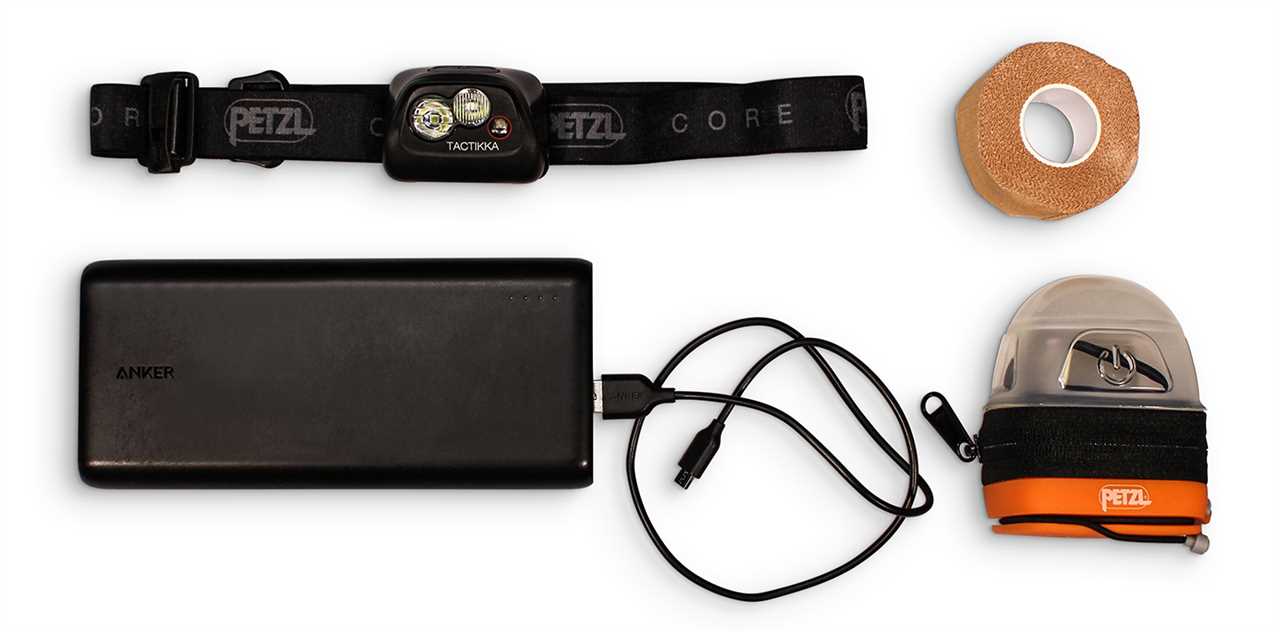
Headlamp Flashlight: A headlamp is an indispensable piece of kit in any Bug Out Bag. It allows you to work or travel in lowlight or dark conditions hands-free. I’ve used many different brands over the years, but my favorite is Petzl. The Tikka is a great model and can be found here: https://amzn.to/38u9VpZ
Battery Backup for Cell Phone: Even during a large-scale natural disaster, our cell phones are STILL one of our best options for long-distance communications. Texting is more reliable when the networks are overwhelmed with callers. Not only should you keep a wall and car charger in your BOB, but an external battery backup is a really smart idea, too. This is one of the heaviest items in my kit, and it’s worth every ounce. I use the Anker PowerCore ( https://amzn.to/34btLD1 ) and it can charge my phone up to 7 times before it needs recharged. This is invaluable during a Bug Out Scenario when the power might be knocked offline or when you’re on the go.
FINAL THOUGHTS
When all is said and done, there is no perfect Bug Out Bag. My personal pack has changed several times over the last 20 years as better gear and products have come to market, and as my tastes have changed. I have no doubt that my current Bug Out Bag will look different five years from now. If you haven’t gathered it yet, this whole endeavor about building a Bug Out Bag is about peace of mind—knowing that you have what you need available to you when you need it. Outside of that, it’s a fun project! I hope that something I’ve shared with you has helped you in your search to find the right items for your bag or maybe it has inspired you to start prepping your own!
Be sure to sign up for my FREE 5-DAY BUG OUT BAG CHALLENGE where I’ll send you one 5-minute video each day for 5 days and teach you about some of the most important items that need to be in your kit.

Remember, It’s not if but when,
CREEK
The post How to Make a Bug Out Bag: Bug Out Bag Essentials appeared first on WillowHavenOutdoor Survival Skills.
By: Creek
Title: How to Make a Bug Out Bag: Bug Out Bag Essentials
Sourced From: willowhavenoutdoor.com/how-to-make-a-bug-out-bag-essentials/
Published Date: Wed, 25 Dec 2019 00:38:13 +0000
-------------------------------------------------------------------------
Did you miss our previous article...
https://outdoorsnewswire.com/survivalist/growing-marshmallow-for-its-soothing-and-healing-properties
 CampingSurvivalistHuntingFishingExploringHikingPrivacy PolicyTerms And Conditions
CampingSurvivalistHuntingFishingExploringHikingPrivacy PolicyTerms And Conditions
